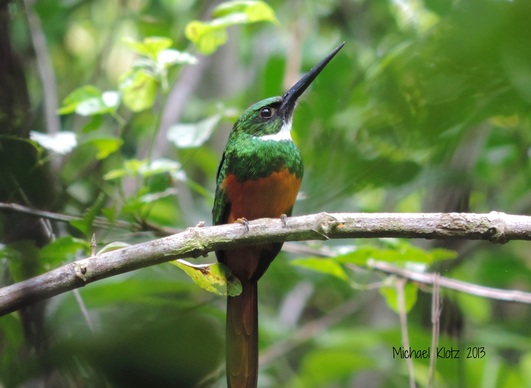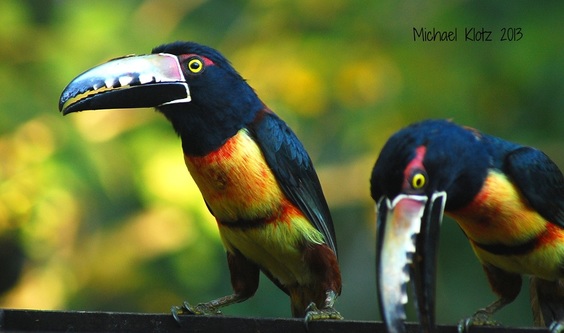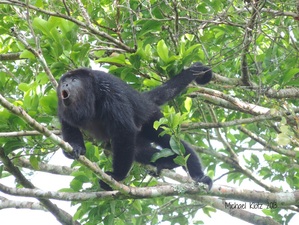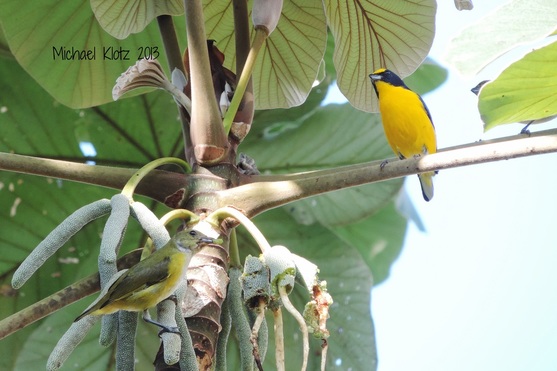The Intro
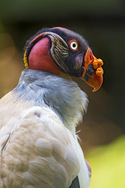 King Vulture
King Vulture The People
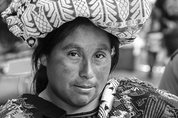 Mayans are the indigenous people of Belize
Mayans are the indigenous people of Belize The Countryside
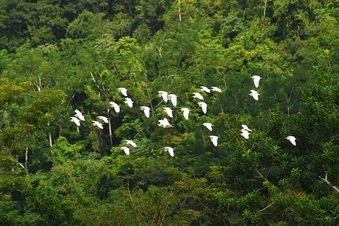 Cattle Egret in flight near Blue Creek Village
Cattle Egret in flight near Blue Creek Village The Stops
The Black Orchid Resort
The Crystal Paradise Resort
The Parks
- The Blue Hole had a great walk to St. Herman's Cave where there was a White-whiskered Puffbird and a Gartered Trogon in the forested areas along the path. There was a small fee and knowledgeable folks helping out at the entrance to the park.
- Mayflower showed me a Crane Hawk and Cinnamon Becard along the roadway into the park. If you spend the night there, you have to experience the fire flies on the lawns. It is truly a spectacular site.
- Cockscomb was probably the most prolific of the three parks with a majority of the birds seen along the dirt road heading into the park. The Cecropia’s were fruiting and almost every type of bird in the area was taking advantage of the long skinny fruit. Among the birds were Passarini’s Tanager, Blue-gray Tanager, Crimson-collared Tanager and Golden-hooded Tanager (my third and most beautiful Bulls-eye). The park was full of birds as well including a Barred Antshrike, a pair of Masked Tityra and Red-throated Ant Tanager. If you see ants, just wait, the birds that use them to hunt will show up.
The Tranquility Lodge
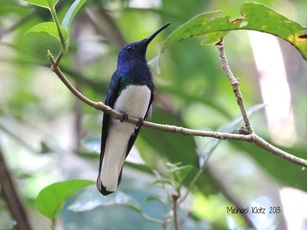 White-necked Jacobin at the swimming hole - Tranquility Lodge
White-necked Jacobin at the swimming hole - Tranquility Lodge 